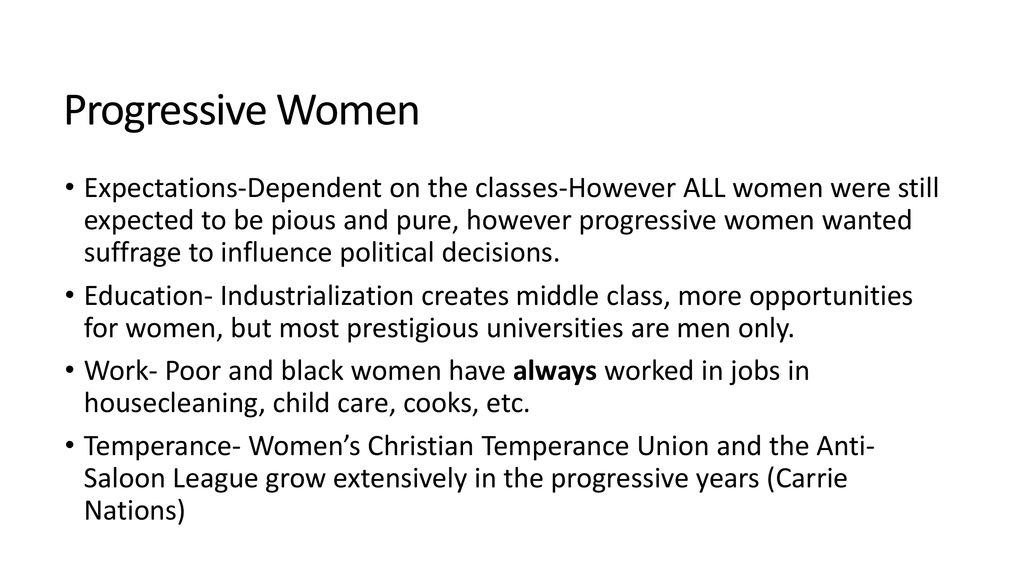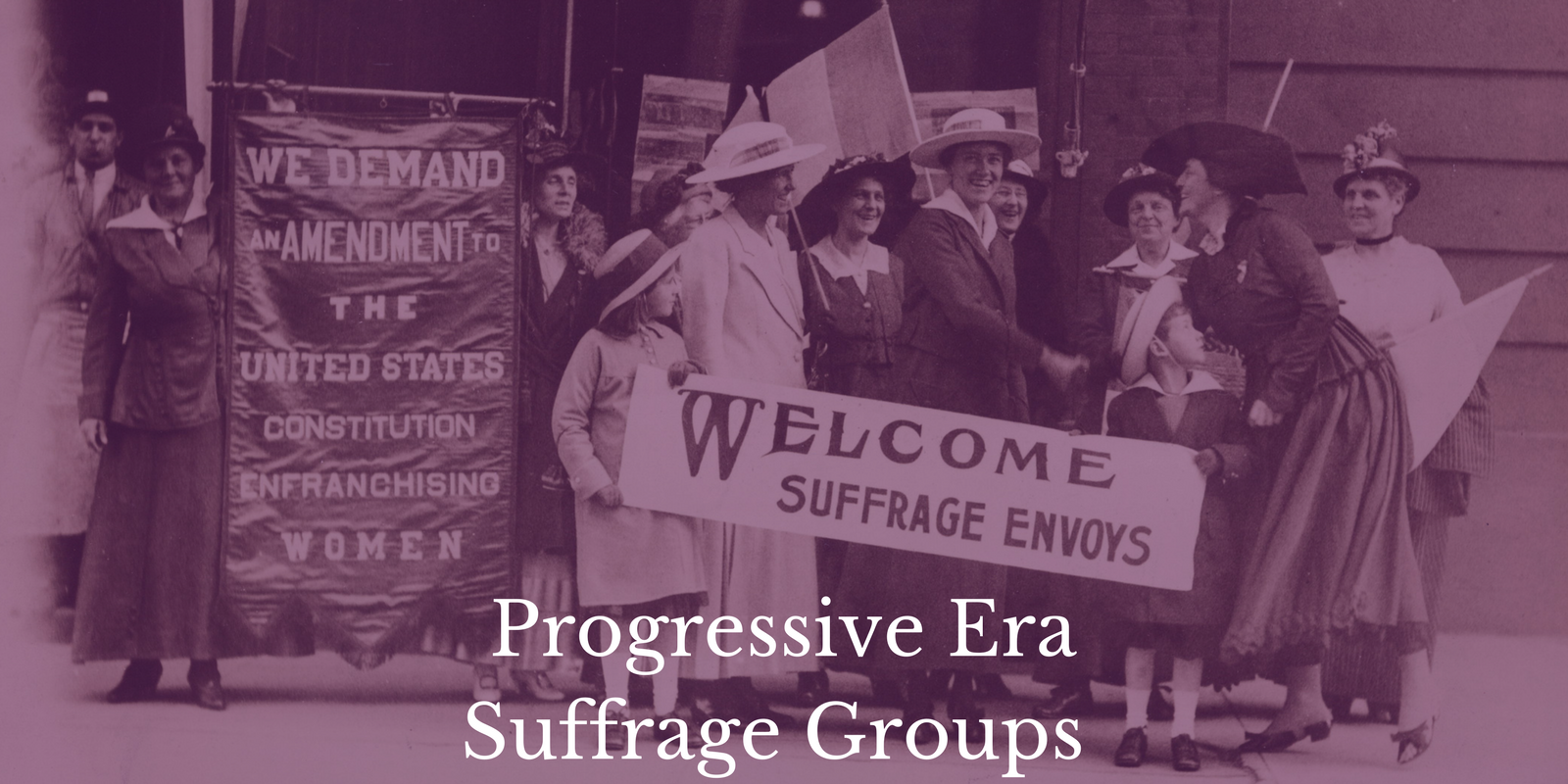Is someone truly "progressive" just because they've made a groundbreaking discovery? Absolutely not. Progressivism is far more than just innovation; it's a holistic ideology encompassing social justice, equality, and a commitment to dismantling systemic inequalities.
The term "progressive" is bandied about quite freely these days, often used interchangeably with "liberal" or even simply to describe anything new and innovative. But to truly understand the essence of progressivism, we must delve deeper than surface-level definitions. It's not enough to simply embrace change; the direction and impact of that change are paramount. A progressive ideology is one that actively seeks to improve the lives of all members of society, especially those who have been historically marginalized or disadvantaged.
Consider the case of Person A, an engineer who, through the application of cutting-edge techniques, has solved a complex engineering problem at work. Their innovative solution undeniably represents progress in their field. However, this same individual harbors deeply ingrained prejudices, believing that women should not hold leadership positions. Can we, in good conscience, label Person A as "progressive"? The answer, unequivocally, is no. Their personal beliefs directly contradict the core tenets of progressivism, revealing a fundamental disconnect between their professional achievements and their overall worldview.
- Brandi Passante From Storage Wars Star To Whats Next
- Toni Kroos The Legend Retirement Footballing Achievements
This example highlights a crucial distinction: progress and progressivism are not synonymous. Progress refers to forward movement, advancement, or improvement in a specific area. Progressivism, on the other hand, is a comprehensive political and social philosophy that advocates for societal advancement through reform. Its a worldview that emphasizes social justice, equality, and the betterment of humanity as a whole. A progressive individual actively challenges the status quo, advocating for policies and practices that promote fairness and opportunity for all.
| Category | Information |
|---|---|
| Name | Hypothetical Person A |
| Profession | Engineer |
| Area of Expertise | Innovative engineering solutions |
| Key Achievement | Discovered a solution to a complex engineering problem |
| Progressive Contribution | Applied innovative concepts to achieve a technological advancement |
| Contradictory Beliefs | Believes women should not be in leadership positions |
| Core Values Mismatch | Displays prejudice contradicting progressive values of equality |
| Overall Progressive Alignment | Questionable due to discriminatory beliefs despite professional achievements |
| Further Insights | Highlights the difference between technical progress and true progressive ideology |
| Reference Website | The Progressive Magazine |
The Progressive Era in the United States, spanning roughly from the 1890s to the 1920s, serves as a compelling case study in the complexities of progressivism. This period was marked by widespread social activism and political reform aimed at addressing a range of issues, including corruption, inequality, and the abuses of industrial capitalism. Key achievements of the era included the passage of landmark legislation such as the Pure Food and Drug Act, the establishment of the Federal Reserve System, and the ratification of constitutional amendments that granted women the right to vote and established the graduated income tax. These reforms were driven by a diverse coalition of activists, reformers, and politicians who sought to create a more just and equitable society.
However, even within the Progressive Era, contradictions and limitations existed. While many progressive reformers championed the cause of social justice, their efforts were often limited by the prevailing prejudices and biases of the time. For example, the suffrage movement, while ultimately successful in securing voting rights for women, was often marred by racism and exclusion. Many white suffragists, fearing the potential loss of political power, actively excluded Black women from their organizations and even promoted arguments that explicitly appealed to racial prejudice. Similarly, while some progressive reformers sought to address the plight of industrial workers, their efforts were often hampered by their own class biases and their reluctance to challenge the fundamental structures of capitalism.
It's also important to note that the meaning of terms like "liberal" and "progressive" has evolved over time. In the early 20th century, during the era of Franklin D. Roosevelt's New Deal, the term "liberal" was often used to describe policies that we would now consider to be progressive. Roosevelt's New Deal, implemented in response to the Great Depression, included a range of programs designed to provide relief to the unemployed, stimulate economic recovery, and reform the financial system. These policies, such as Social Security, unemployment insurance, and the regulation of banks, were considered to be radical at the time, but they have since become integral parts of the American social safety net.
The concept of "progressive overload," often used in the context of physical training, provides a useful analogy for understanding progressivism in a broader sense. Progressive overload refers to the gradual increase in stress placed on the body during exercise, forcing it to adapt and become stronger. Similarly, progressivism involves a continuous effort to challenge existing norms and structures, pushing society to evolve and improve. Just as athletes must progressively increase the weight they lift or the distance they run to achieve their goals, progressive activists must continually challenge injustices and advocate for reforms that promote greater equality and opportunity.
Moreover, the implementation of progressive reforms is not always a straightforward process. Local progressive educators, for example, have often sought to operate independently of national progressive movements, preferring reforms that are easy to implement and adapting successful strategies from other cities. This localized approach allows for greater flexibility and responsiveness to the specific needs of individual communities. It also recognizes that there is no one-size-fits-all solution to the challenges facing society and that effective reform often requires a tailored approach.
The nuances of progressivism also extend to personal choices and lifestyle. Some studies suggest that progressive women may experience higher rates of loneliness and unhappiness compared to their conservative counterparts. This phenomenon may be attributed to the fact that progressive individuals are often less likely to adhere to traditional social norms and institutions, such as marriage and religious faith, which have been linked to greater social connection and well-being. However, it is important to avoid making generalizations and to recognize that individual experiences vary widely.
Furthermore, progressivism is not simply about adopting a particular set of political positions. It's about embracing a critical and questioning mindset, constantly seeking to understand the root causes of social problems and to develop innovative solutions. It's about being willing to challenge one's own assumptions and biases, and to engage in open and honest dialogue with people who hold different perspectives. It's about recognizing that progress is an ongoing process, not a destination, and that there will always be new challenges to overcome and new injustices to address.
The women's rights movement provides a powerful example of the transformative potential of progressivism. During the Progressive Era, women fought tirelessly for the right to vote, recognizing that political enfranchisement was essential to achieving greater equality and justice. They also advocated for reforms in areas such as education, employment, and family law, challenging the traditional patriarchal structures that limited women's opportunities and autonomy. The success of the women's rights movement demonstrates that progress is possible when individuals and groups unite to challenge injustice and demand change.
Crucially, understanding the historical context is essential for grasping the essence of progressivism. The movement to commemorate the 50th anniversary of the 1956 march of 20,000 South African women to the Union Buildings to protest against the carrying of passes by women, for example, underscores the global struggle for gender equality and the importance of recognizing the contributions of women from all walks of life. This historical event serves as a reminder that progress is not limited to any one country or region, but is a universal aspiration that transcends borders and cultures.
In the realm of consumerism, even something as seemingly mundane as eyeglasses can be viewed through a progressive lens. Photochromic lenses, which darken automatically in sunlight, offer several benefits, including reduced eye strain, protection from harmful UV rays, and cost savings by eliminating the need for separate prescription sunglasses. From a progressive perspective, these lenses can be seen as promoting accessibility and convenience, making it easier for individuals to protect their vision and participate fully in society.
Progressivism also extends to the world of sports. For progressive sports fans, supporting teams and athletes who align with their values is a way of expressing their commitment to social justice and equality. This may involve supporting teams that actively promote diversity and inclusion, or boycotting organizations that engage in discriminatory practices. It can also involve using one's voice to advocate for reforms within the sports industry, such as equal pay for female athletes or greater protections for players' rights.
Ultimately, progressivism is about creating a better world for all. It's about embracing change, challenging injustice, and working towards a future where everyone has the opportunity to thrive. It requires a commitment to critical thinking, empathy, and a willingness to engage in difficult conversations. It also requires a recognition that progress is an ongoing process, and that there will always be new challenges to overcome and new injustices to address. But by embracing the principles of progressivism, we can create a society that is more just, equitable, and sustainable for all.
In conclusion, while technical or scientific advancements may contribute to progress in specific domains, they do not automatically qualify someone as a "progressive." True progressivism demands a commitment to social justice, equality, and the dismantling of systemic inequalities. It requires a holistic worldview that prioritizes the well-being of all members of society, especially those who have been historically marginalized or disadvantaged. Only by embracing these principles can we create a truly progressive future.
- 2025s Mustsee Web Series Whats New Amp Next In Streaming
- Spicy Indian Web Series Adult Entertainment Whats Hot Now


